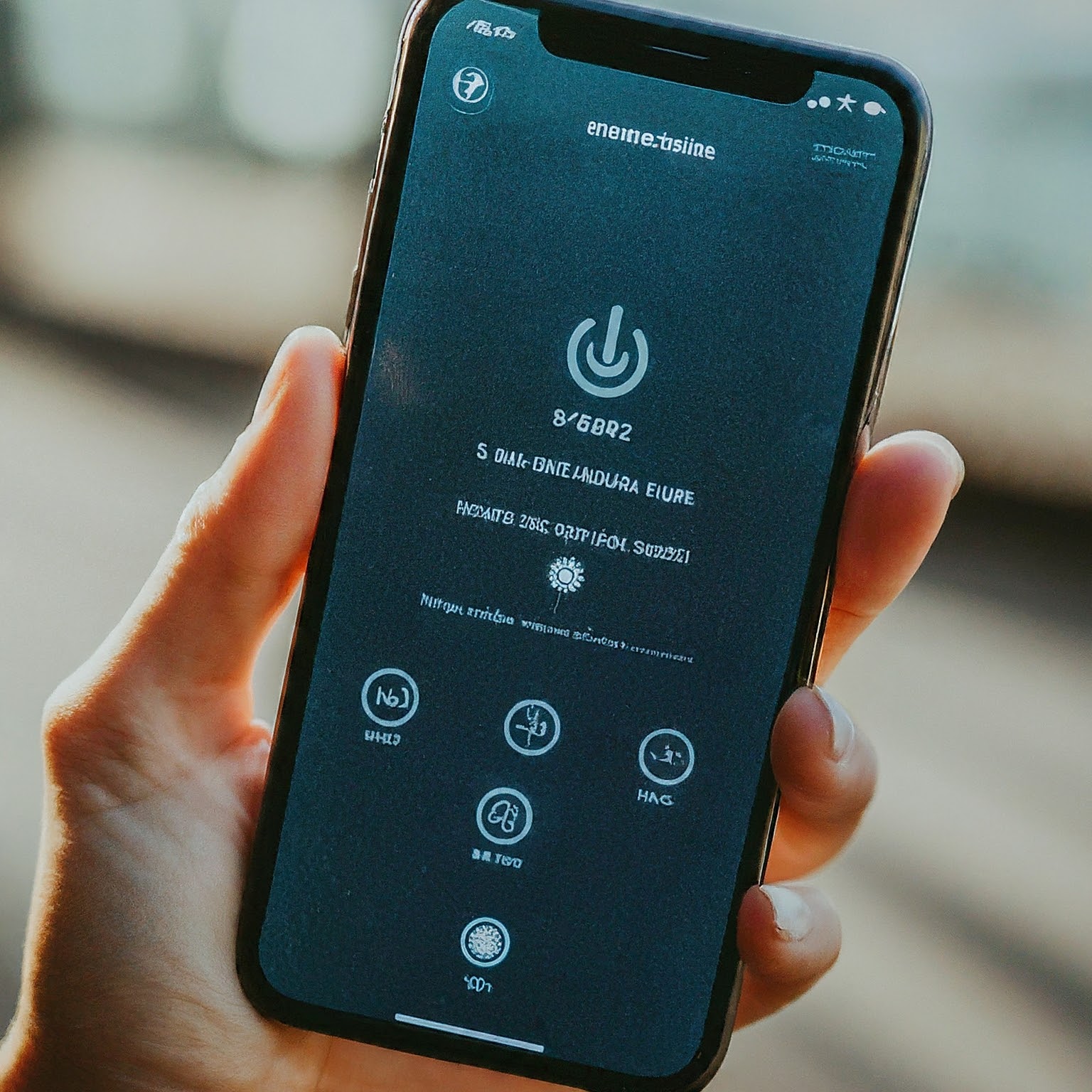In today’s interconnected world, having internet access is essential. While Wi-Fi is widely available, there are instances where a reliable connection is unavailable. This is where tethering comes in handy. By enabling tethering, you can share your smartphone’s internet connection with other devices, providing a convenient way to stay connected on the go.

Understanding Tethering
Tethering is the process of sharing a mobile device’s internet connection with other devices. It essentially turns your smartphone into a mobile hotspot, allowing you to connect laptops, tablets, or other devices to the internet.
How Tethering Works
There are primarily three methods of tethering:
- Wi-Fi Hotspot: Your smartphone acts as a Wi-Fi router, allowing multiple devices to connect wirelessly.
- USB Tethering: Your smartphone connects to a computer via a USB cable, sharing its internet connection.
- Bluetooth Tethering: While less common, Bluetooth can be used to share an internet connection between devices.
Benefits of Tethering
- Internet Access Anywhere: Stay connected even without Wi-Fi.
- Device Sharing: Share your mobile data with multiple devices simultaneously.
- Emergency Backup: Use tethering as a backup internet connection in case of outages.
Limitations of Tethering
- Data Usage: Tethering can consume significant amounts of data, leading to higher mobile bills.
- Speed Reduction: Tethered internet speeds may be slower than your regular data plan.
- Carrier Restrictions: Some carriers may impose limits or charges for tethering.
How to Enable Tethering
The process of enabling tethering varies depending on your smartphone’s operating system:
- Android: Typically found in the “Settings” menu under “Network & internet” or “Connections.”
- iOS: Access tethering settings through the “Personal Hotspot” option in the “Settings” app.
Tethering and Data Usage
Since tethering consumes mobile data, it’s essential to monitor your usage to avoid unexpected charges. Consider these tips:
- Data-Saving Apps: Use data-saving apps to optimize your data consumption.
- Wi-Fi Offload: Prioritize Wi-Fi connections whenever possible to conserve mobile data.
- Check Data Usage Regularly: Monitor your data usage to avoid overage charges.
Tethering and Carrier Restrictions
Some carriers impose limitations or additional charges for tethering. It’s crucial to review your mobile plan to understand any restrictions. Some carriers offer specific tethering plans or data add-ons.
The Future of Tethering
As mobile networks continue to evolve, we can expect improvements in tethering capabilities. Increased data speeds and expanded coverage will enhance the overall tethering experience. Additionally, the integration of tethering with other connectivity options may lead to more seamless and efficient internet access.

Conclusion
Tethering offers a convenient way to stay connected on the go. By understanding the different methods, potential limitations, and data management strategies, you can make the most of this feature. As technology advances, tethering is likely to become an even more integral part of our digital lives.
لا تعليق